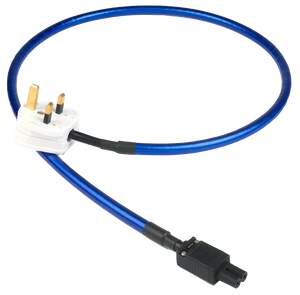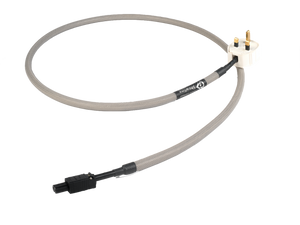
The Chord Ohmic Transmission Fluid is a highly advanced liquid polymer solution, specifically designed to fill the pitted surface areas of the plugs and connectors maximising their surface area, improving their performance. The surface of plugs and connectors when viewed by the naked eye may appear smooth and polished, but when viewed at a microscopic level, the surface is pitted and its at the points of these indentations that there is a reduction in the transmission of signal or current. The basis of a good electrical connection is a good mechanical connection: a greater contact area lowers the contact resistance, creating a better connection and allowing more current (signal) to flow. By filling the gaps, the polymer creates an even better contact area and, therefore, performance. Again, the lower the resistance the higher the current (signal).
Applications: Chord Ohmic Transmission Fluid can be applied to all metal contacts, from speaker cable connections and interconnect cable plugs, to power cables and more. Being water - rather than oil-based, its non-toxic formula is not harmful to the environment.
Development: Developed by an acclaimed industrial chemist and Andante Largo in Japan, the new Chord Ohmic Transmission Fluid works by deploying polymers to fill pits and imperfections on the surfaces of connections, creating a greater contact area and therefore improving the performance of the connection: the lower the resistance, the higher the current (signal).
Research: After a painstaking research period, the final formulation has been proven to deliver long-term stability for very low-voltage connections, performing consistently over all connection types, voltages and frequencies. Chord Ohmic Transmission Fluid is distinguished from other enhancing products, as the formula starts to work at very low voltage thresholds and when applied carefully, has a very long operational life; the original long-term test cables (built and treated over four years ago) are still significantly outperforming the identical (but untreated) cables, built at the same time.







